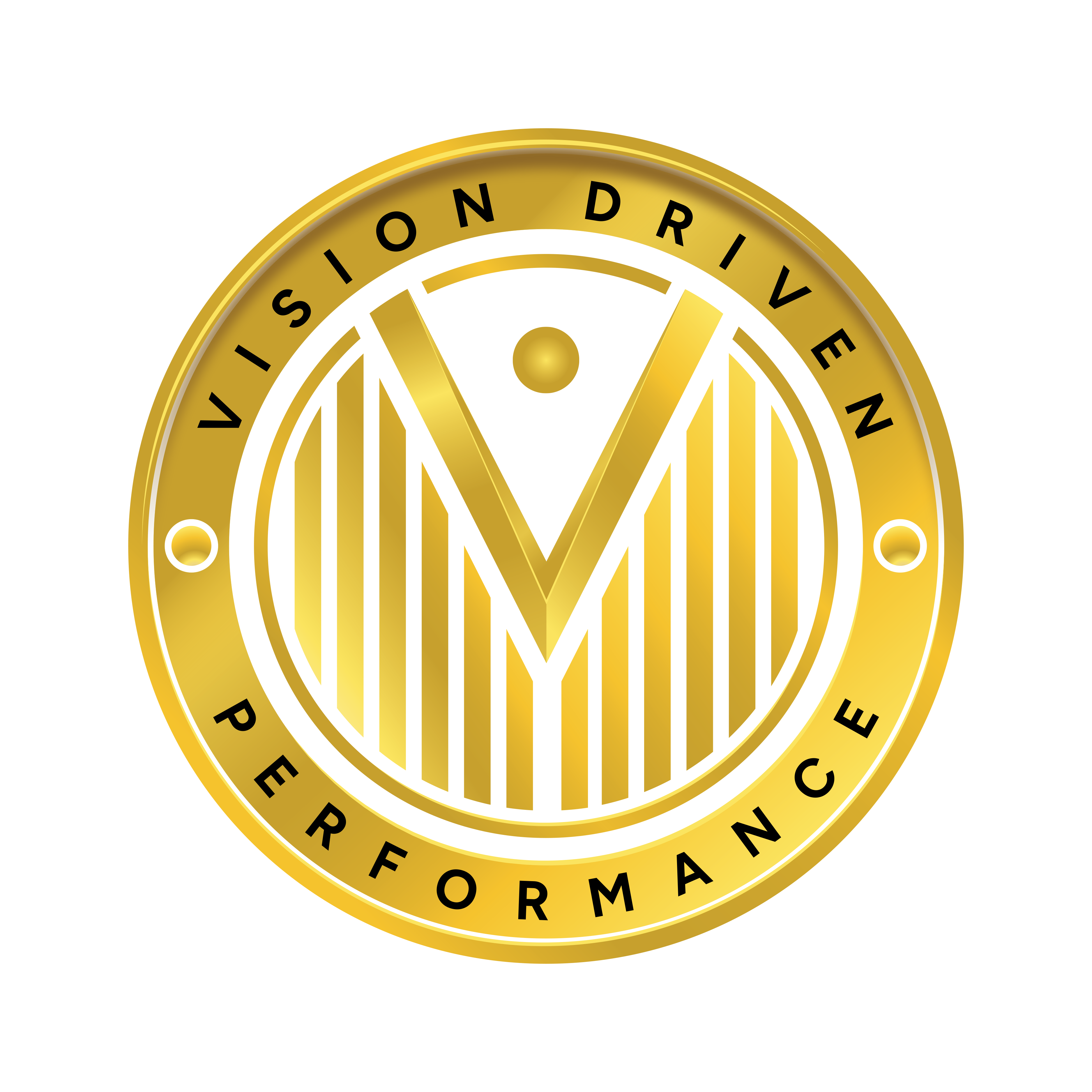The four basic business questions, often referred to as the fundamental questions of business, are fundamental inquiries that guide strategic planning, decision-making, and operational activities within an organization. These questions help clarify the purpose, direction, and priorities of a business.
Here are the four basic interchange questions…
1. What is the Mission?
- Description – The mission of a business articulates its purpose, core values, and long-term aspirations. It answers the question of why the business exists and what it seeks to achieve.
- Key Components – The mission statement typically includes the organization’s values, vision for the future, target market, and the primary products or services it provides.
- Example – “To provide high-quality, affordable healthcare services to underserved communities and improve the overall well-being of our patients.”
2. What is the Vision?
- Description – The vision statement outlines the desired future state or destination that the business aims to reach. It paints a compelling picture of what success looks like and inspires stakeholders to work toward a shared goal.
- Key Components – The vision statement describes the business’s ultimate aspirations, goals, and objectives. It should be ambitious, yet realistic, and provide a clear direction for the organization.
- Example – “To become the leading provider of innovative renewable energy solutions worldwide and create a sustainable future for generations to come.”
3. What are the Goals and Objectives?
- Description – Goals and objectives are specific, measurable targets that the business sets to achieve its mission and vision. They provide a roadmap for progress and serve as benchmarks for evaluating performance.
- Key Components – Goals are broad, overarching aspirations, while objectives are specific, quantifiable milestones that support the attainment of those goals. They should be SMART: specific, measurable, achievable, relevant, and time-bound.
- Example – Goal: Increase market share by 20% within the next three years. Objective: Launch three new product lines and expand distribution channels to reach new customer segments.
4. What is the Strategy?
- Description – The strategy outlines the approach or plan of action that the business will use to achieve its goals and fulfill its mission. It involves making choices about how to allocate resources, compete in the marketplace, and create value for stakeholders.
- Key Components – A comprehensive strategy considers factors such as market analysis, competitive positioning, target market segmentation, differentiation, pricing, marketing, operations, and financial management.
- Example – Develop a cost leadership strategy to offer high-quality products at competitive prices, invest in research and development to drive innovation, and expand into new geographic markets to diversify revenue streams.
By addressing these four basic business questions, organizations can establish a clear sense of purpose, direction, and priorities, enabling them to make informed decisions, align resources effectively, and achieve sustainable success over time.





